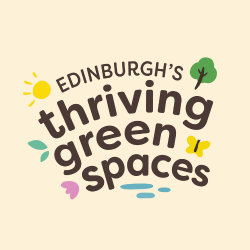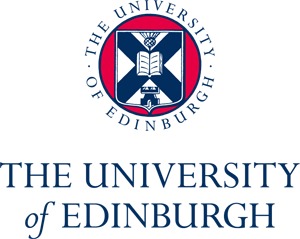Our Nature Estate
Our Nature Estate
The City of Edinburgh Council is committed to enhancing our urban green spaces to support biodiversity. Building on the success of the Living Landscape programme, we’re implementing new grassland management practices in residential areas to create sustainable habitats for wildlife and green spaces for the community to enjoy.
New grass-cutting strategy for biodiversity
In 2024, we launched a new grass-cutting trial in residential plots to promote biodiversity balanced with community access. This strategy, inspired by the Living Landscape initiative, expands naturalised grass areas and enriches habitats for pollinators and local wildlife.
Results from the 2024 grassland management trial
The trial initially focused on three western city wards: Sighthill and Gorgie, Forth, and parts of Pentlands Hills. These areas were chosen due to their high levels of urbanization and low biodiversity. Unlike previous efforts, such as the Living Landscape project in 2015, this initiative specifically targets smaller, harder-to-manage urban spaces.
The trial has shown that frequent mowing is detrimental to wildlife and biodiversity. By reducing the frequency of mowing, we have seen a significant increase in the growth of native plants, which in turn greatly benefits pollinators. Key findings from an analysis conducted by the University of Edinburgh revealed the following results from the trial areas:
- 14 additional species of flowering plants
- 6,364 more individual flowering plants
- A 4,167% increase in nectar availability for pollinators, with significant nectar resources in early spring
- Enhanced visual and structural diversity throughout the year
Staff training workshops were conducted in partnership with the University of Edinburgh. The initiative also included investments in new machinery, the planting of 50,000 bulbs, and sowing 8 kg of Yellow Rattle to further boost biodiversity.
Key changes for 2025 grassland management
Building on the outcomes of the trial, we will be revising maintenance protocols for 2025 based on the specific needs of each plot. The revised mowing schedules will be as follows:
- Sports areas (e.g., football pitches) will continue with weekly mowing.
- Recreational spaces and areas directly outside homes will be mown every 2-3 weeks.
- Standard lower-flowering plant areas will be cut every 6 weeks.
- Plots with taller flowering species and diverse grasses will have a mowing frequency of 10-12 weeks.
In addition to these changes, new creative cutting styles will be introduced, including shape-cutting and the creation of grassland islands, to improve aesthetics while reducing the perception of messiness.
We are going into the year with commitments to effectively manage enhanced grassland and our existing, relaxed plots containing our valuable, native flowers.
To do this, we have developed 3 new maintenance standards for our grassland. These are:
Pollinator Plots
which are cut approximately every 6 weeks. This increases the flowering time of our smaller growing native flowers and specifically benefits our pollinator species like bees and butterflies by providing resources like pollen and nectar.
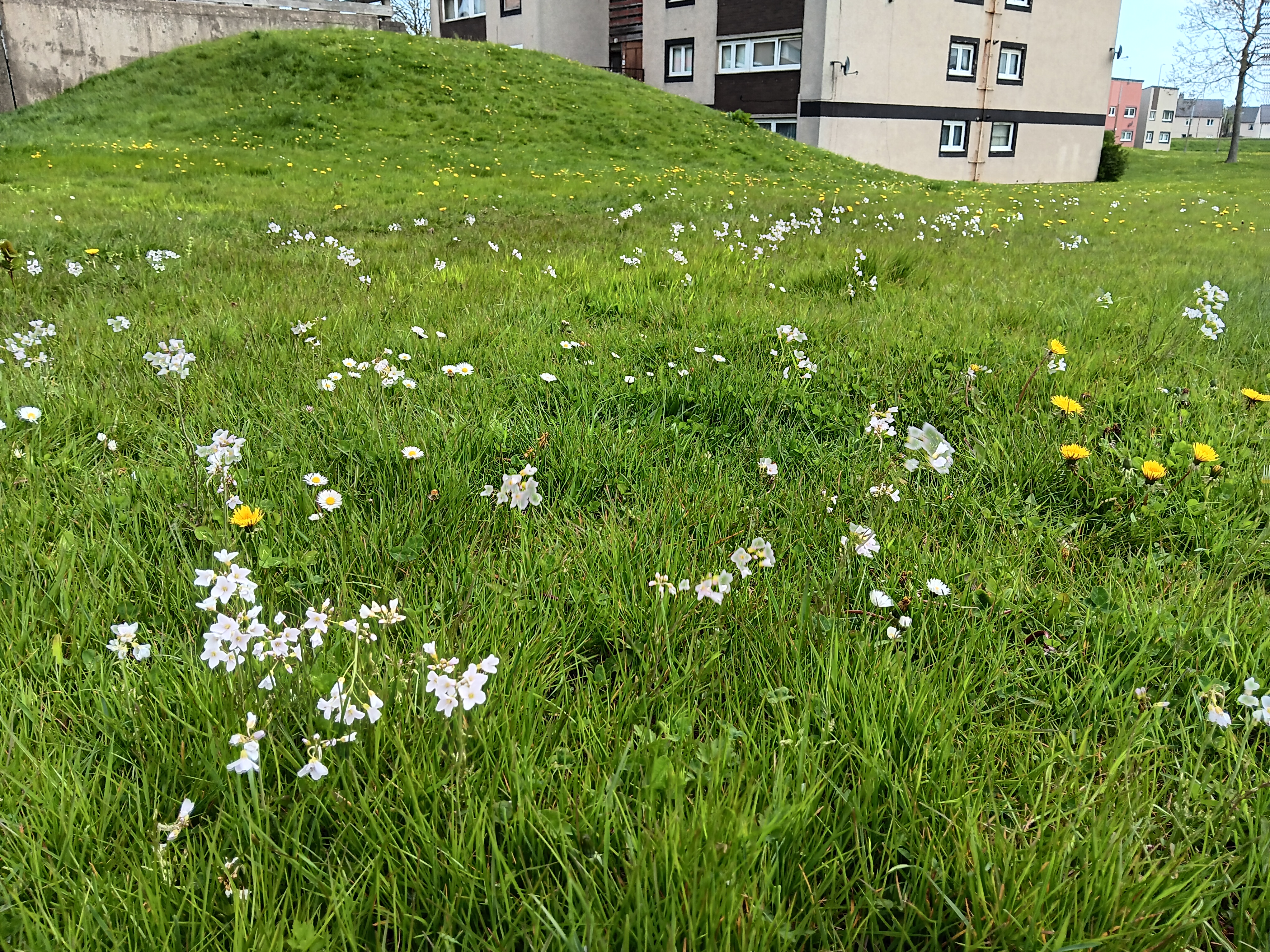
Pollinator Plot |
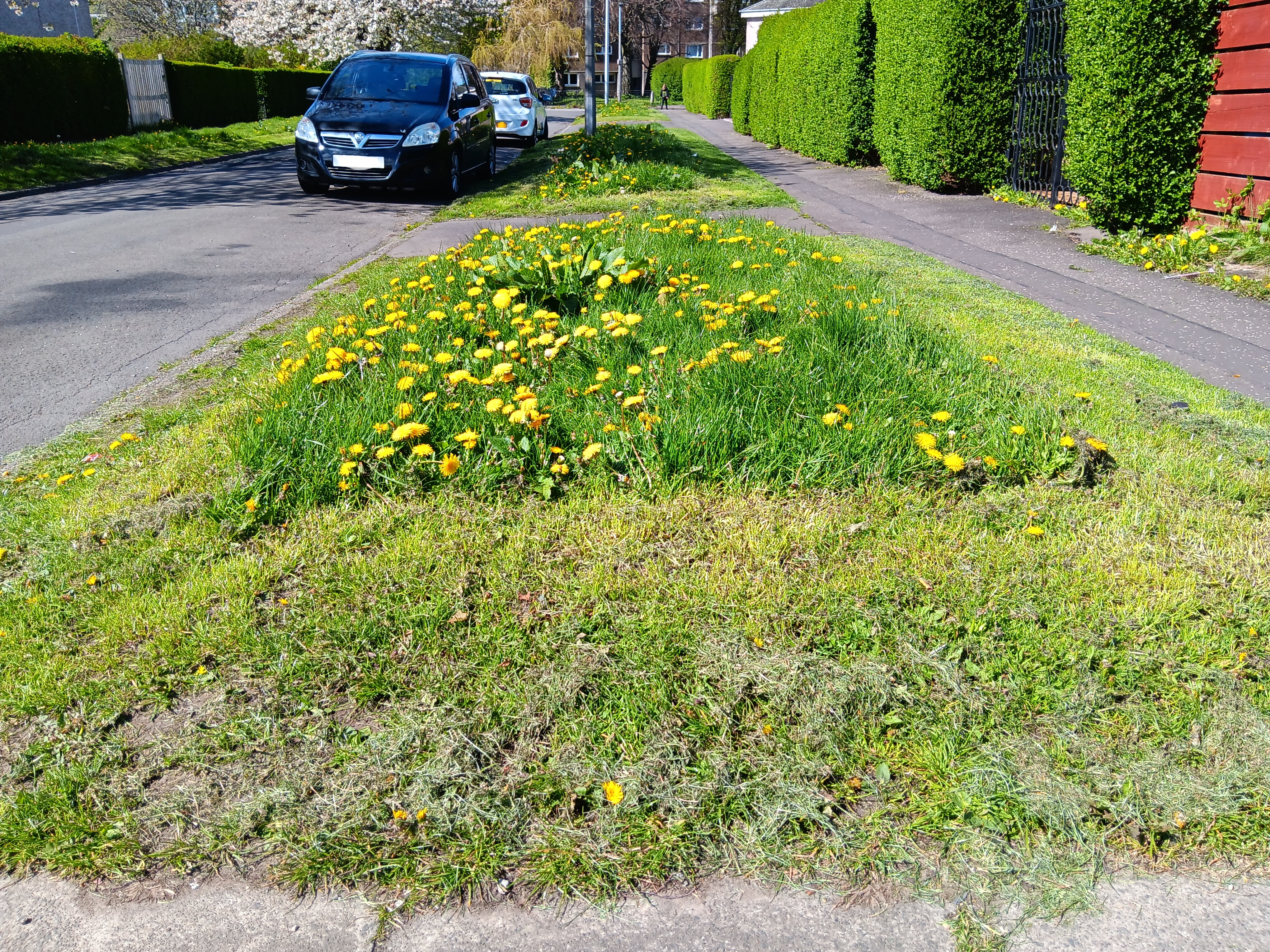
Pollinator Plot with maintenance edge
|
Enhanced Plots
which are cut 3 times a year. These have been deliberately enhanced and contain different taller species which can punch through taller grass to benefit biodiversity by providing resources as well as structure and habitat.

Enhanced grassland |
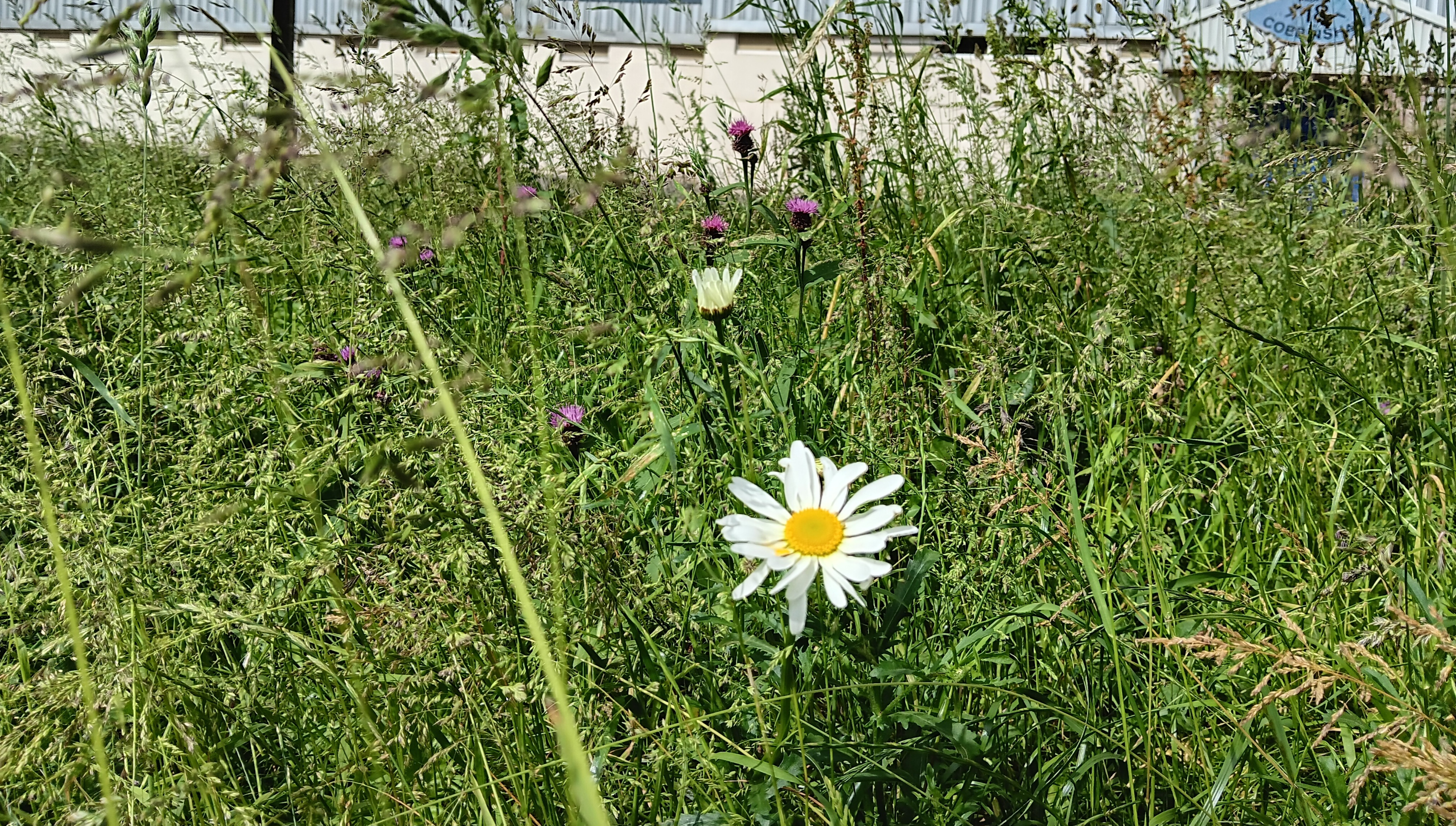
Enhanced grassland
|
Standard Amenity Grassland Plots
which are cut every 2 weeks for amenity and recreation.
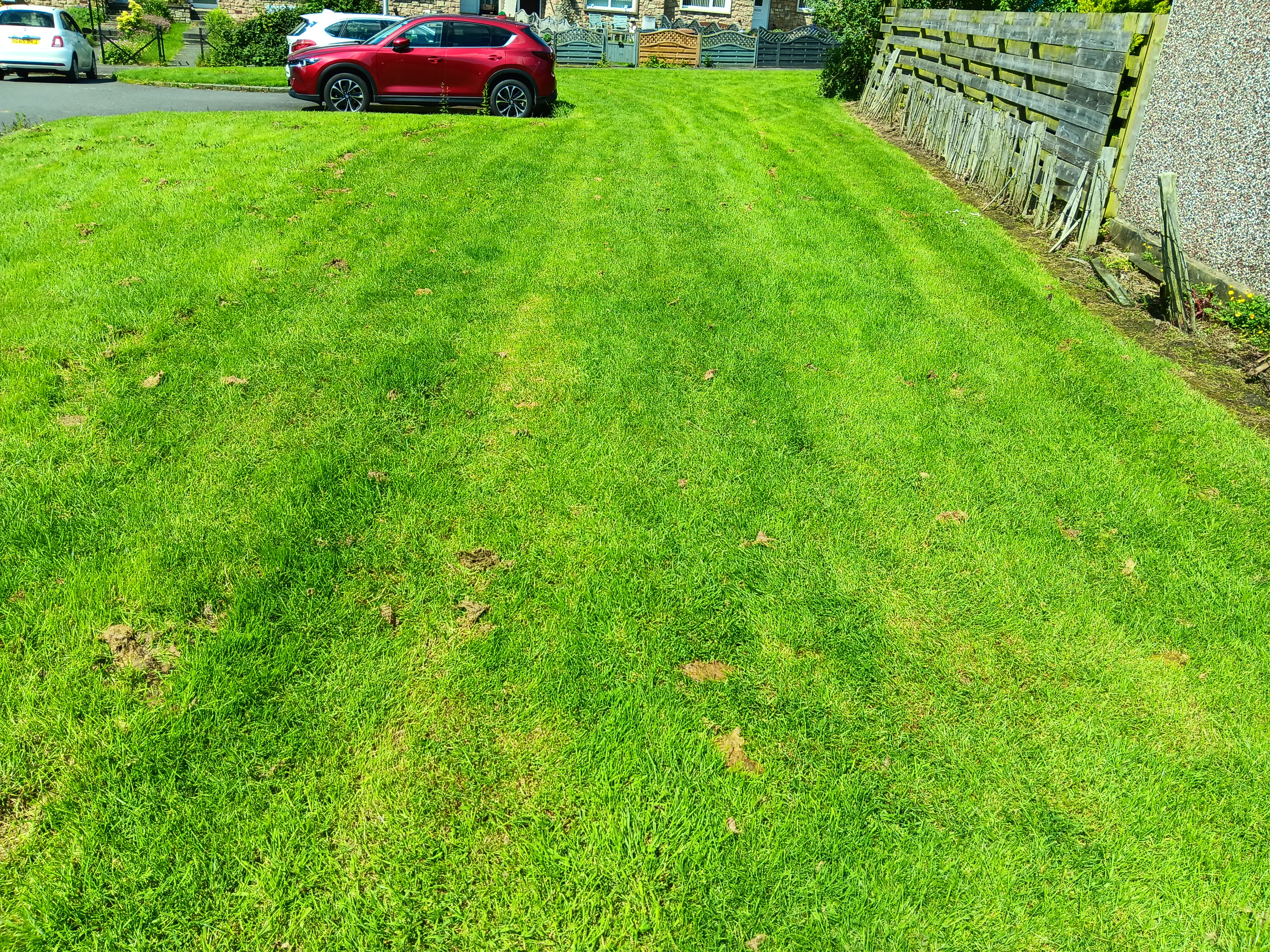
Standard amenity grassland |
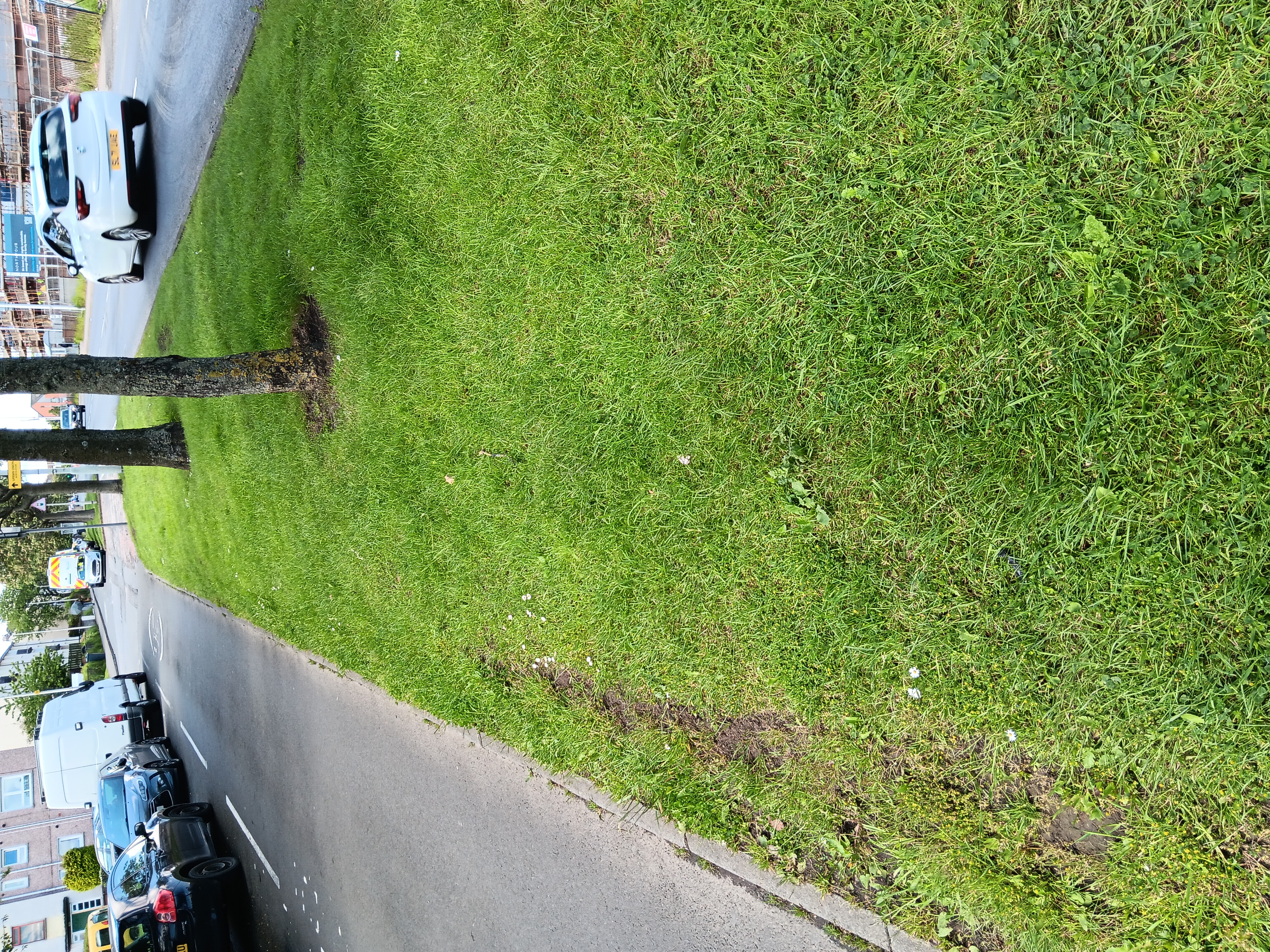
Standard amenity grassland |
Long-term plans for Edinburgh’s green spaces
Looking ahead, we aim to strengthen urban biodiversity with these priorities:
- Naturalised grassland expansion: Connecting urban habitats with additional naturalised grass areas.
- Comprehensive data collection: Continuing our partnership with the University of Edinburgh to evaluate biodiversity efforts and guide our strategy.
Why this matters
Our grassland management programme aims to counter biodiversity loss while providing multiple community benefits:
- Healthier greenspaces: Enhanced pollinator habitats foster a more resilient urban environment.
- Lower carbon emissions: Reduced mowing means less fuel used in grass-cutting.
- Resource efficiency: Maintenance teams can focus on other biodiversity projects.
- Training and development: Council staff receive training in biodiversity management, adding value to their work and supporting the Nature Emergency response.
Building on the Living Landscape legacy
Our Nature Estate programme builds on the City of Edinburgh’s Living Landscape initiative. Our commitment includes increasing naturalised grasslands, diversifying wildflower plantings, and creating perennial meadows to support biodiversity and enhance community spaces.
For more information
Learn more about our biodiversity efforts across Edinburgh by visiting Nature in Your Neighbourhood - Edinburgh Living Landscapes
Contact us
If you have questions, please reach out to us at: edinburghlivinglandscapes@edinburgh.gov.uk
Frequently Asked Questions (FAQs)
What is the Our Nature Estate programme?
Our Nature Estate programme is an initiative by the City of Edinburgh Council to support biodiversity and improve green spaces in Edinburgh. Building on the Living Landscape programme, it focuses on more sustainable grassland management practices, such as relaxed mowing schedules and increasing wildflower habitats, to create better environments for wildlife and more enjoyable spaces for residents.
Why is the council reducing grass cutting?
Reducing grass cutting allows native plants and wildflowers to thrive, which supports a wide range of wildlife, including pollinators like bees and butterflies. By allowing grass to grow longer in certain areas, we create habitats that are beneficial for biodiversity while also reducing the carbon footprint of grass-cutting machinery.
Which areas will have a relaxed mowing schedule?
In 2025, the relaxed mowing regime will be applied in the trial sleected underused residential plots, such as street corners and verges, as well as some larger green spaces. Parks and sports fields will continue to be regularly maintained for accessibility and recreational use.
How often will these areas be mowed?
Managing our grassland for nature requires a plot-by-plot approach with consideration given to how each plot differs by species. This has resulted in 3 new maintenance standards. The majority will be cut every 6 weeks, some will be cut every 2 weeks for recreational use and others will benefit from less frequent cutting 3 times a year. This schedule balances the need to support biodiversity with keeping green spaces accessible and well-maintained.
What are the benefits of this programme?
The Nature Estate programme helps counter biodiversity loss by creating habitats that support pollinators and other wildlife. Additionally, reduced mowing lowers fuel use, which helps cut carbon emissions, and frees up maintenance teams to focus on other important biodiversity projects.
Will this affect the appearance of my neighbourhood?
Some areas will look more natural and “wild” as grass is allowed to grow longer and wildflowers are encouraged to bloom. This is a positive step for biodiversity and provides valuable habitats for local wildlife. Regular maintenance will continue in parks and areas designated for recreation, so spaces remain accessible and enjoyable.
How can I get involved with the Nature Estate programme?
We welcome community involvement! Local groups and residents can get involved in wildflower planting, biodiversity monitoring, and community events focused on urban nature. If you’re interested, contact us at edinburghlivinglandscapes@edinburgh.gov.uk for more information on volunteer opportunities.
How will the council measure the programme’s success?
The programme is monitored by in-house ecologists and collected data is analysed in partnership with the University of Edinburgh to monitor biodiversity and ecological health in areas with relaxed mowing. Data collection will focus on pollinator numbers, plant diversity, and other indicators of environmental health. This data will help us assess the programme’s impact and guide future improvements.
Will parks and sports fields still be regularly maintained?
Yes, parks, sports fields, and other recreational spaces will continue with regular maintenance. These areas are essential for recreation and accessibility, so there will be no changes to their management as part of the Nature Estate programme.
How can this programme help reduce carbon emissions?
By reducing the frequency of mowing, the programme lowers fuel consumption and greenhouse gas emissions associated with grass-cutting machinery. This aligns with our commitment to sustainability and reducing Edinburgh’s carbon footprint.
What does this programme mean for the Living Landscape initiative?
Our Nature Estate programme builds on the principles of the Living Landscape initiative by furthering our commitment to naturalised grasslands, wildflower diversity, and sustainable green spaces. It is an extension of the work already started, aiming to create a more biodiverse and resilient Edinburgh.
